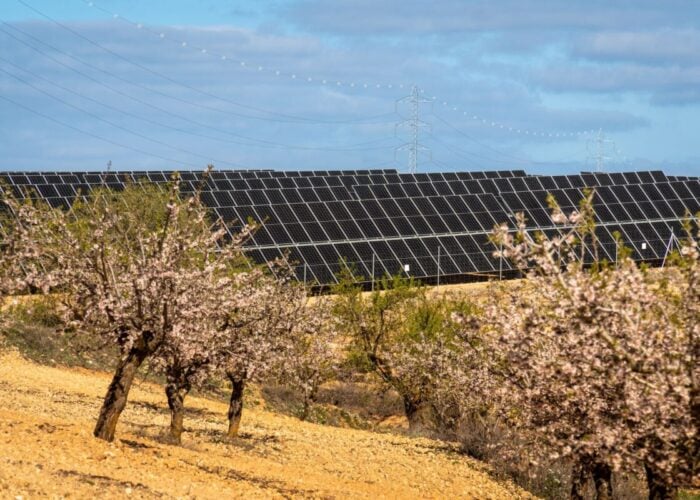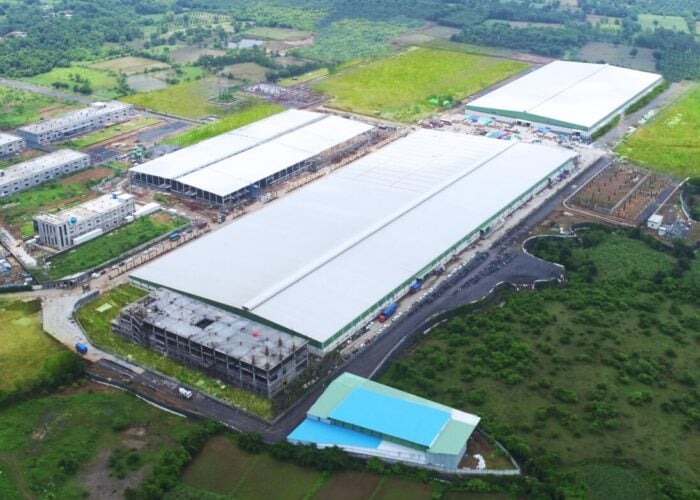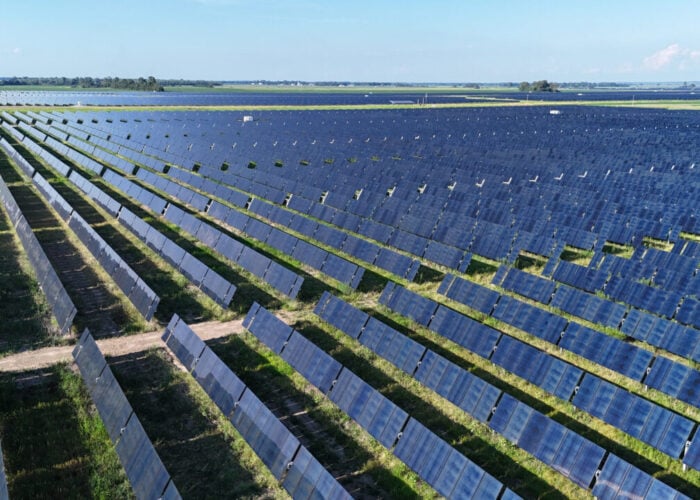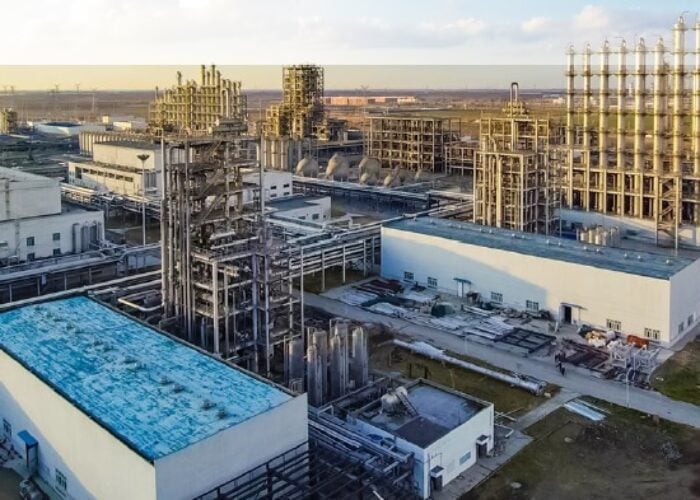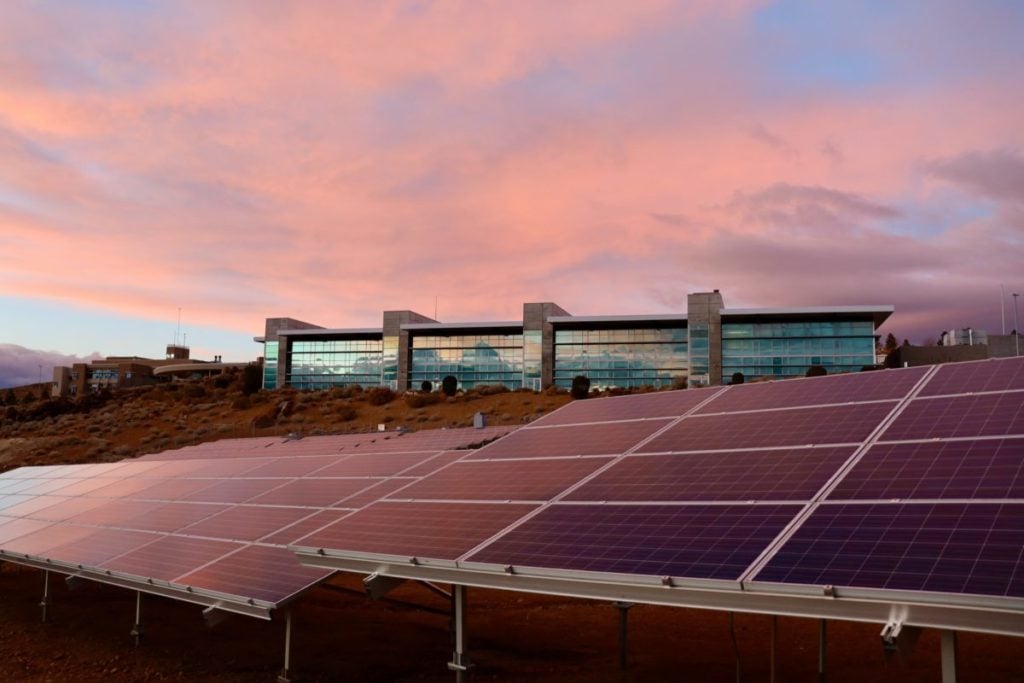
The world has reached 2TW of installed solar PV capacity just two years after it reached the 1TW mark, according to data from the Global Solar Council (GSC).
The GSC said global solar capacity is now equivalent to the entire electricity capacity of the US, UK and India combined and twice the installed capacity of the EU. It pointed out that the first terawatt of solar capacity took 68 years from the first installation in 1954, while the second TW took two years.
Try Premium for just $1
- Full premium access for the first month at only $1
- Converts to an annual rate after 30 days unless cancelled
- Cancel anytime during the trial period
Premium Benefits
- Expert industry analysis and interviews
- Digital access to PV Tech Power journal
- Exclusive event discounts
Or get the full Premium subscription right away
Or continue reading this article for free
Solar PV’s rapid growth and emergence as the dominant energy transition technology has been headline news from a number of global energy organisations for some time. An October 2023 report from the International Energy Agency said 65% of the globe’s solar capacity was added since 2018, and consultancy InfoLink forecast that the world would add 1TW of solar annually by 2030.
Sonia Dunlop, Global Solar Council CEO said: “The unprecedented roll-out of solar worldwide, and now the fact that we have made this 2 terawatt milestone, or about 7 billion solar panels installed, is the culmination of decades of hard work. Forward-thinking policy, industrial ingenuity, 7 million hard-working solar installers and a versatile and scalable technology have all brought us to this moment.”
However, she continued to say that solar must “double installation capacity to reach 1TW per year if we’re going to reach our global tripling renewables target”.
The global aim to triple renewable energy capacity was included in the final outcome of the COP28 conference in the UAE last year. Building on this, the GSC announced that it will launch the International Solar Finance Group at this year’s COP29 conference in Baku, Azerbaijan next week.
Dunlop said to double yearly solar deployments “we need to unlock financing and bring down the cost of capital for solar projects, particularly in the Global South. If the cost of capital is now at 15%, we need to bring it down to 5% or less. This is what we will be working on at COP29 Baku.”
The International Solar Finance Group will aim to create “the world’s first ever dialogue between the solar PV industry and the finance sector”.
The BSC reiterated that it would seek to reduce the cost of capital from 15% to 5% for solar development in developing economies, in efforts to “channel solar financing where it’s needed most.”
Last month, Norway-headquartered climate consultancy DNV identified a shortage of funding into emerging economies, largely in the global south, as a central challenge facing the global energy transition. It said that developing economies face a “widening investment deficit” despite global clean energy spending reaching an all-time high. It cited sub-Saharan Africa as an area in particular need of greater investment, as the combination of a quickly growing population and a low GDP per capita will see energy-related CO2 emissions almost triple by 2030 compared with 1990 levels.
Bruce Douglas, CEO of the Global Renewables Alliance said: “Overcoming bottlenecks and securing investor confidence is critical, especially in emerging markets. COP29 presents a key opportunity for governments to lead the renewables race, setting ambitious targets and clear actions in their climate plans and committing to a global push for the infrastructure—grids and storage—that will enable this massive scale-up.”


